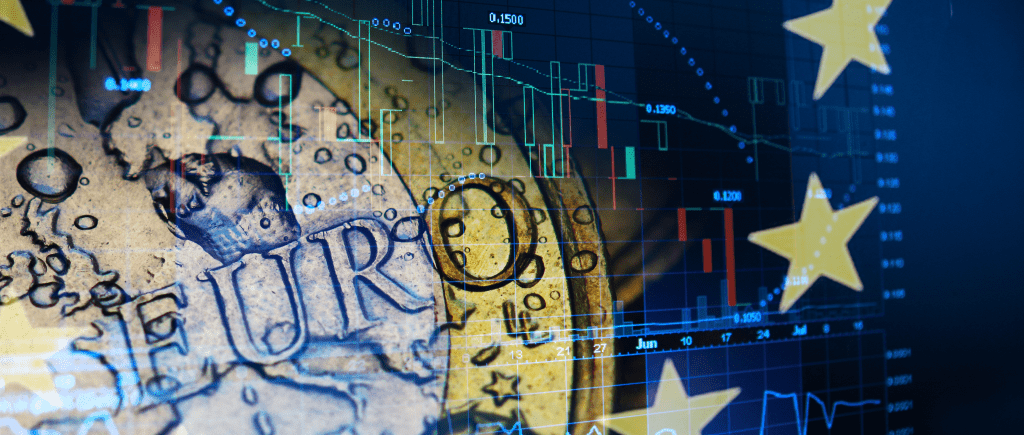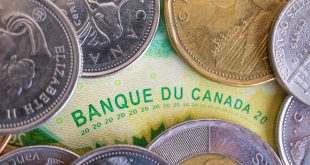The European Central Bank (ECB) has slashed interest rates for the seventh time in a year, bringing borrowing costs to their lowest since late 2022. This latest move, a unanimous 25-basis-point cut to 2.25% on April 17, 2025, marks the culmination of a series of reductions that began in June 2024. The ECB previously cut rates in June, September, October, and December 2024, followed by two additional cuts in February and March 2025, each by 25 basis points. This aggressive easing aims to fortify the eurozone economy against the looming threat of US tariffs under President Donald Trump. With trade policies shifting rapidly and financial markets reeling, ECB President Christine Lagarde warned that downside risks to economic growth have surged, signaling more policy easing may be on the horizon.
The decision comes as the eurozone grapples with the fallout from Trump’s erratic trade policies. While some tariffs have been paused, many remain, and their impact is already evident. The ECB estimates that growth across the 20-nation bloc could shrink by half a percentage point if tariffs intensify, wiping out much of the region’s projected expansion. This outlook could worsen if Trump escalates trade barriers or if the European Union retaliates, further clouding the economic horizon. The euro, trading at an all-time high on a trade-weighted basis, and plummeting energy prices add complexity, potentially pushing inflation below the ECB’s 2% target by mid-2026.
Lagarde emphasized the ECB’s data-dependent approach, with markets eagerly awaiting clues from her press conference about future rate moves. Investors are particularly focused on whether the ECB will maintain its stance that rates remain restrictive, a signal that further cuts are likely. The central bank is also refining its estimates on the impact of trade barriers, though new projections won’t be released until June. Meanwhile, Germany’s anticipated fiscal stimulus, including hefty defense and infrastructure spending, could boost growth and inflation in the longer term, potentially forcing the ECB to reverse course and hike rates by late 2026 to prevent prices from overshooting.
The ECB’s dovish stance reflects the delicate balance it must strike. Ultra-low rates could stabilize the economy if recession risks deepen, but prolonged stimulus risks fueling inflation if pressures rebound. With geopolitical uncertainties and Germany’s fiscal plans looming, the ECB must remain nimble—ready to act decisively to shield the eurozone from the tariff storm while guarding against future instability.

 Noor Trends News, Technical Analysis, Educational Tools and Recommendations
Noor Trends News, Technical Analysis, Educational Tools and Recommendations




